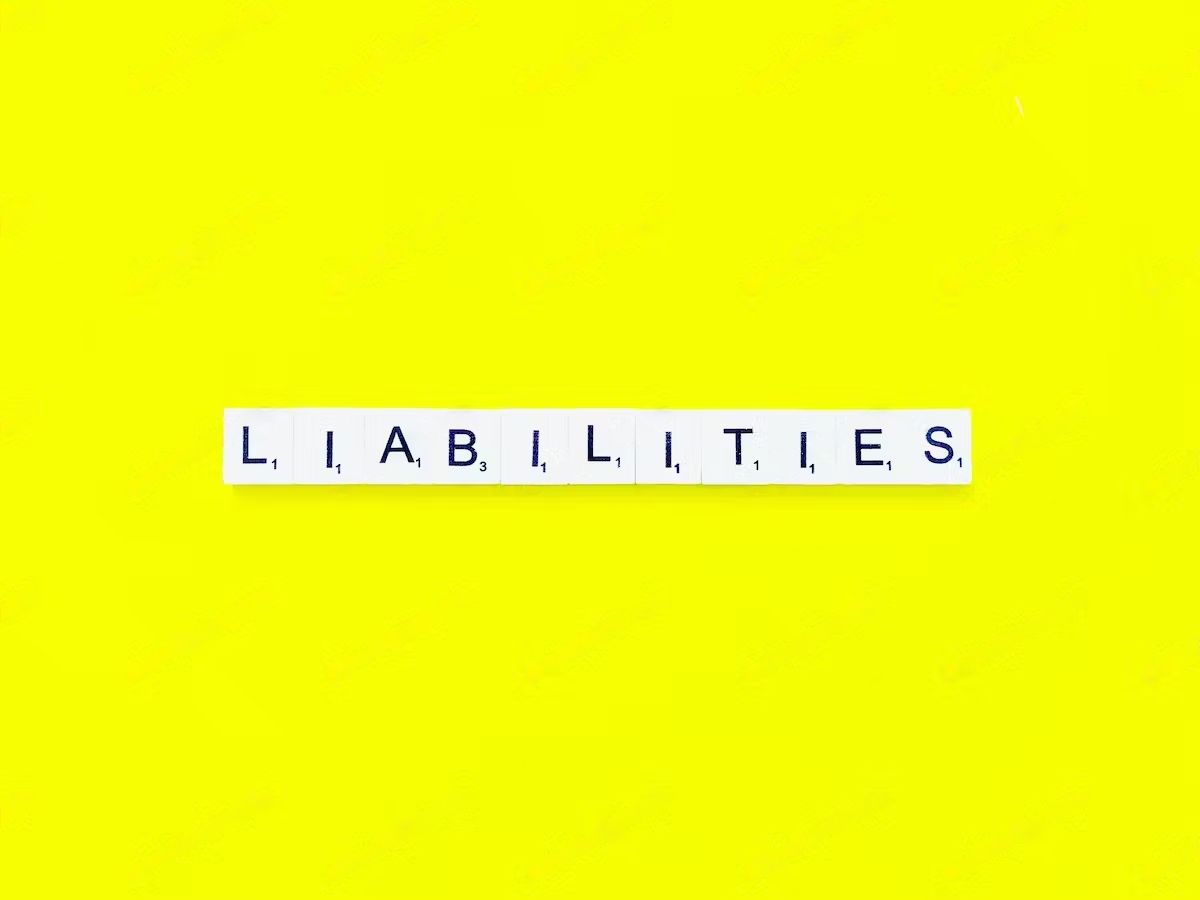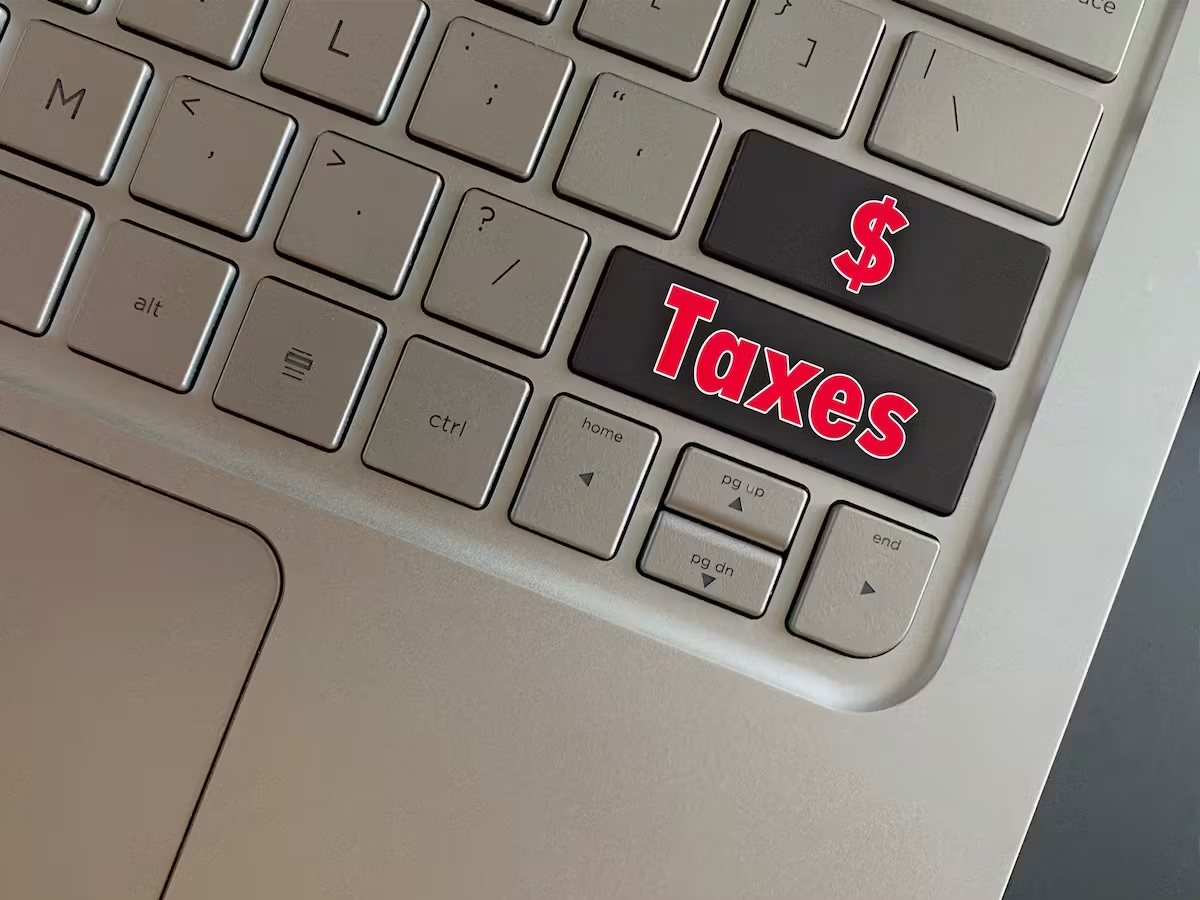
As individuals and businesses, we often have a range of financial obligations that must be met within a short time frame. These short-term debts are referred to as current liabilities and can include items such as accounts payable, taxes owed, and short-term loans. Understanding and managing these liabilities is crucial for financial stability and growth.
This guide will break down the basics of current liabilities, how to work them out, and strategies for effectively managing them. Whether you’re an individual or a business owner, this guide will provide valuable insights into managing your short-term debts.
Types of Current Liabilities
Current liabilities refer to financial obligations due within a short time frame, typically within a year. Here are some of the most common types of current liabilities:
- Accounts payable refers to the money owed to suppliers or vendors for goods or services received but not yet paid for.
- Accrued expenses: These expenses have been incurred but not yet paid, such as salaries, utilities, and rent.
- Short-term loans: These loans have a repayment period of less than a year, such as lines of credit or short-term bank loans.
- Taxes owed: These are due within a year, such as income taxes, sales taxes, or property taxes.
- Unearned revenue refers to payments received for goods or services that have not yet been delivered.
- Current portion of long-term debt: The long-term debt is due within a year.
- Dividends are payable: Dividends declared but not yet paid to shareholders.
Understanding these current liabilities is important for financial planning and managing cash flow. Individuals and businesses can stay on top of their short-term debts and maintain financial stability by keeping track of these obligations and prioritising payments.
How To Calculate Current Liabilities

You need to identify your short-term debts due within the next year to calculate current liabilities. Here are the steps to calculate current liabilities:
- List all your short-term debts, including accounts payable, accrued expenses, short-term loans, taxes owed, unearned revenue, current portion of long-term debt, and dividends payable.
- Add up the total amount of each short-term debt.
- Once you have the total amount of each short-term debt, add them to the total current liabilities.
For example, let’s say a company has $50,000 in accounts payable, $10,000 in accrued expenses, $20,000 in short-term loans, $15,000 in taxes owed, $5,000 in unearned revenue, $12,000 in the current portion of long-term debt, and $8,000 in dividends payable. The total current liabilities would be calculated as follows:
$50,000 (accounts payable) + $10,000 (accrued expenses) + $20,000 (short-term loans) + $15,000 (taxes owed) + $5,000 (unearned revenue) + $12,000 (current portion of long-term debt) + $8,000 (dividends payable) = $120,000 (total current liabilities)
By calculating current liabilities, individuals and businesses can better understand their short-term financial obligations and make informed decisions about managing their cash flow and debt payments.
Ways To Manage Current Liabilities
Managing current liabilities effectively is essential for maintaining financial stability and avoiding cash flow problems. Here are some comprehensive tips on managing current liabilities:
Prioritise Payments
It is important to prioritise payments of current liabilities based on their due dates and the consequences of not paying on time. This will help avoid late fees and penalties.
Negotiate Payment Terms
If you have trouble making payments, consider negotiating payment terms with your creditors. Many creditors are willing to work with you to develop a payment plan that fits your budget.
Monitor Cash Flow
Keep a close eye on your cash flow and regularly track your income and expenses. This will help you anticipate potential cash flow problems and adjust your budget accordingly.
Use Credit Wisely
Be cautious when using credit to finance short-term debts. High-interest credit cards and short-term loans can quickly accumulate and become difficult to manage. Use credit wisely and try to pay off balances as quickly as possible.
Reduce Expenses
Find ways to reduce expenses and free up cash flow to pay off current liabilities. Consider negotiating with vendors for better pricing or implementing cost-cutting measures in your business.
Consider Refinancing
If you have high-interest debt, consider refinancing to a lower-interest loan or line of credit. This can help lower your monthly payments and free up cash flow.
Plan For The Future
Anticipate future short-term debts and plan accordingly. Create a budget and cash flow projections to help you prepare for upcoming expenses. By following these comprehensive tips, individuals and businesses can effectively manage their current liabilities and maintain financial stability.
Importance Of Managing Current Liabilities

Managing current liabilities is crucial for individuals and businesses, ensuring that short-term debts are paid on time and that cash flow is maintained. Here are some reasons why managing current liabilities is important:
- Avoid late fees and penalties: Making timely payments of your current liabilities helps you avoid late fees and penalties, which can add up quickly and become a burden.
- Maintain good credit score: Managing your current liabilities is important for maintaining a good credit score. Late payments and defaults on current liabilities can negatively impact your credit score and make it more difficult to obtain credit in the future.
- Improve cash flow: Managing current liabilities can help improve cash flow by ensuring that short-term debts are paid on time and not allowed to accumulate.
- Build credibility with suppliers and lenders: Paying your current liabilities on time can help build credibility with suppliers and lenders, leading to better terms and conditions for future credit.
- Avoid legal action: Failure to pay your current liabilities can lead to legal action and damage your reputation. Managing your liabilities can help you avoid legal action and maintain your reputation.
Managing current liabilities is important for maintaining financial stability, avoiding penalties and legal action, and building credibility with suppliers and lenders. Individuals and businesses that manage their current liabilities effectively ensure financial well-being and maintain a strong cash flow.
Conclusion
Understanding and managing your current liabilities is essential for financial stability and success. By identifying and calculating your short-term debts, you can effectively prioritise payments and avoid late fees, penalties, and damage to your credit score.
It is also important to develop strategies for managing current liabilities, such as negotiating payment terms with creditors and maintaining a strong cash flow. By staying on top of your current liabilities, you can build credibility with suppliers and lenders, improve your credit score, and avoid legal action.
Remember, current liabilities are a normal part of financial management, but managing them responsibly and proactively is important. With the right strategies and mindset, you can
effectively manage your short-term debts and achieve financial stability and success.
FAQS
Can I work out current liabilities independently or hire a professional?
You can work out current liabilities independently with access to your financial statements and a basic understanding of accounting principles. However, consult a financial professional if you are unsure how to do this or have complex financial situations.
What financial statements do I need to work out current liabilities?
You must refer to your balance sheet and income statement to determine current liabilities. The balance sheet will provide a snapshot of your financial position, while the income statement will show you your income and expenses over time.
Can't I just ignore my current liabilities?
No, it is not recommended to ignore your current liabilities. Current liabilities are short-term debts that must be paid within a year, and ignoring them can lead to serious consequences such as late fees, penalties, and damage to your credit score. Ignoring current liabilities can also lead to cash flow problems as unpaid debts accumulate and become difficult to manage.






